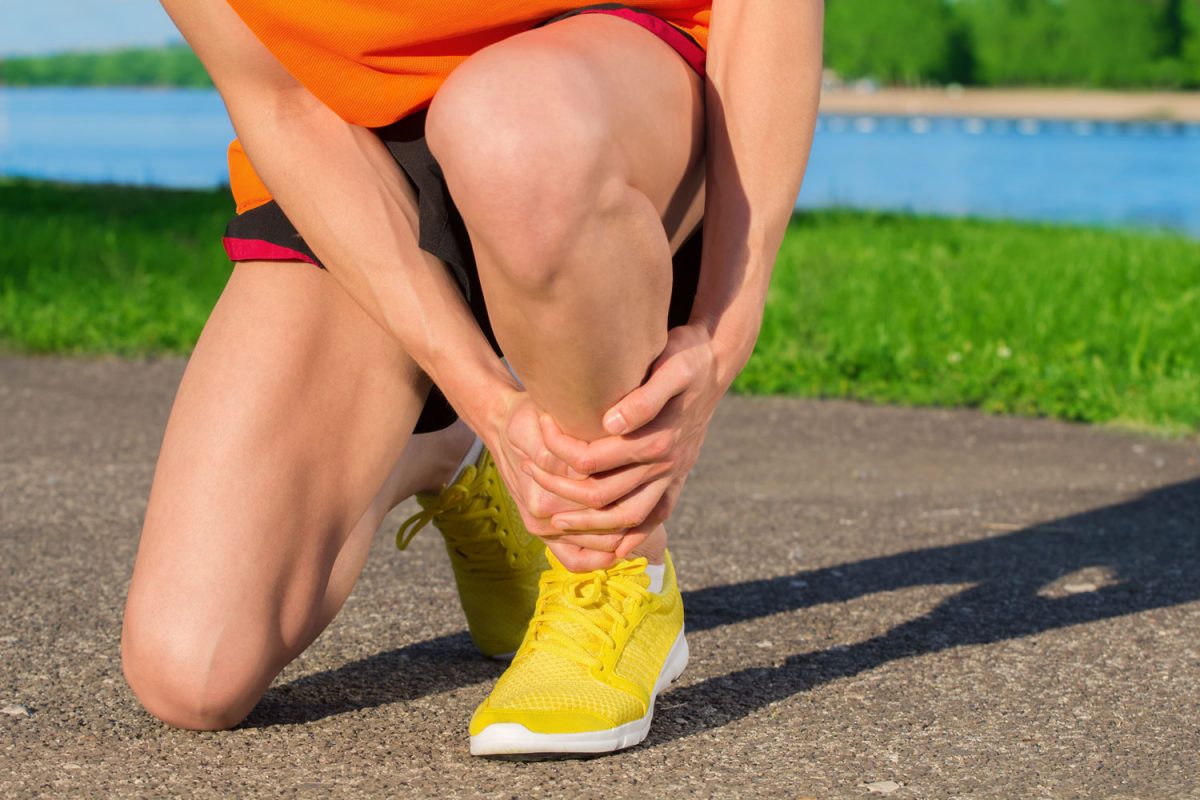Sports Injuries & Their Treatments

There are a few sorts of normal sports injuries endured by dynamic people and sports persons because of strenuous games and activities. Distinctive parts of the body are defenseless to harm when playing sports or taking part in high-vitality activities. Regardless of this reality, most sports injuries happen in the musculoskeletal system, and the most widely recognized of which are as under:
Sprains: Sprains happen when there are tears in the tendons joining the ends of the bones together. Normal body parts influenced by sprains are joints in the lower legs, knees, and wrists.
Strains: Strains can allude to either tear or pulls in the muscles or ligaments/tissues that assault your muscles to the bones.
Shin splints: Commonly found in runners, a shin splint can be perceived by a sharp distress along the front and outside area of the lower leg.
Achilles tendinitis: This alludes to the break of the Achilles ligament, which incorporates the extensive band of tissues that associate the calf muscles and the heel.
Separation of joints and cracks of the bones are equally sports injuries alongside groin pulling, and epicondylitis or tennis elbow.
This rundown can continue forever, but the most well-known of sports injuries are sprains and strains, which influence the tendons and muscle strands sadly. While the occurrence of wounds is frequently outside our ability to control, there are things you can do to counteract them and diminish their occurrence. For example, conditioning yourself and warming up when starting your work out is a basic way that can immensely help to avoid basic wounds. Warming up and stretching expands the blood stream to your muscles and helps you turn out to be more adaptable, which thus diminishes injuries.
Treatment for normal sports injuries to a great extent relies on upon their power and intensity. Ice is best connected to wounds quickly after they happen. The swelling and irritation take place after the damage is generally brought about by blood leakage from the burst vessels around the harm site. Frosty applications will make these veins choke, in this manner avoiding further blood and serum leakage. Ice and cool applications equally work to limit the swelling and the pain.
Ideal handling and treatment of wounds should be possible by putting the harmed body part to rest executing cool pack (applying an icy pack with light weight to the influenced body part), and lifting or raising the harmed body part so pulse and tissue swelling can be lessened as common liquids deplete from the territory with the assistance of gravity.
